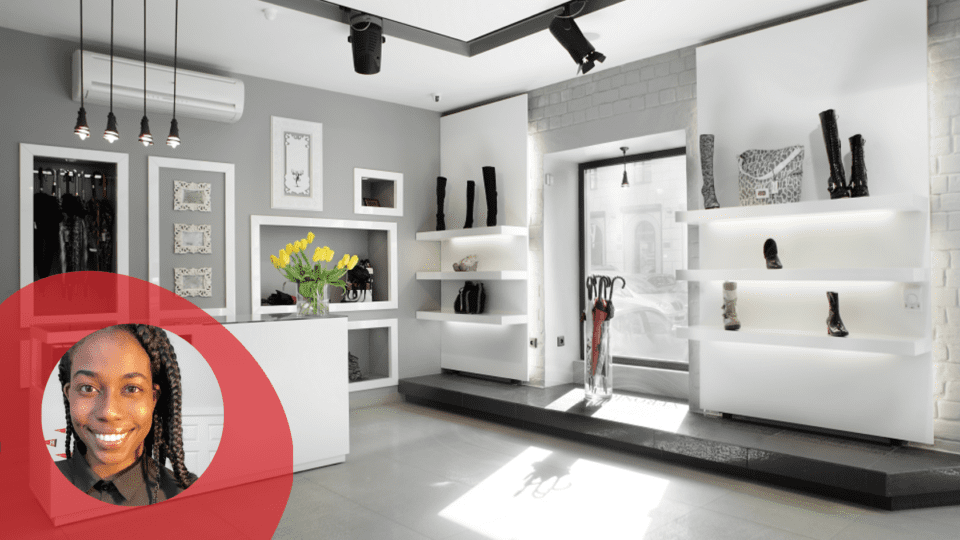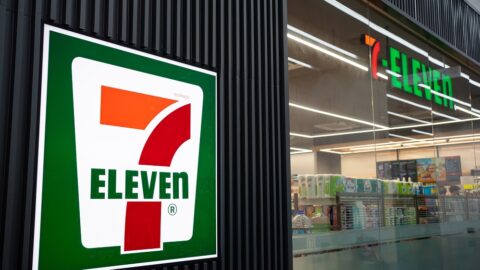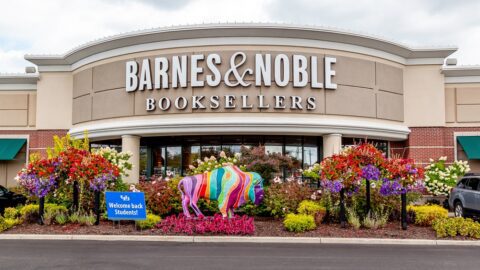Sustainable retail is on the rise as calls for eco-friendly strategies become louder from consumers, shareholders and employees. Yet according to BCG, only a few large retail operations are significantly reducing their climate impact or embedding sustainable behavior throughout their own organizations.
If you’re looking to drive change, specifically in your stores, embrace a circular lighting approach. It can help maximize the reusability and extension of the lighting installation, enabling you to incrementally reduce your environmental impact and enhance the shopping experience for your customers at the same time.
Closing the Loop
Achieving store sustainability is no easy feat. It starts by understanding how our production system must transform. There are three business models commonly used in our economy:
- Linear: Products are designed to be used and disposed at the end-of-life;
- Recycling: At the end-of-life, some materials are recycled and reused in the same or different use chain; and
- Circular: Maximize the (re)usability, serviceability and upgradability of products to preserve value and avoid waste.
According to a recent WWF report, we use 1.8 times the volume of resources that our planet can sustain. Continuing the linear model of ‘take-make-dispose’ indefinitely is impossible, as it will become increasingly more wasteful and challenging to source our finite materials. The time to shift from a linear economy to a circular economy is now, and lighting can play a huge role here.
Circularity in lighting can take shape in four ways:
- Serviceable luminaires: Fixtures that are upgradeable, connectable, reusable, recyclable and energy-efficient;
- Circular components: Exchangeable and/or recyclable parts, such as drivers, controls and LED boards;
- Intelligent systems: Software that allows you to monitor serviceable luminaires and enable preventive maintenance; and
- Circular services: Ways to prolong product lifetimes and provide stores with end-of-contract options.
Here are three ways to leverage these options in your stores to support the sustainability imperative:
- Explore eco-conscious lighting design alternatives like 3D printed luminaires. Unlike traditional fixtures, 3D printed solutions can be produced with recyclable materials, using no paint, fewer parts and fewer screws to avoid material waste. And when compared to traditional die casting production methods, 3D printing requires less energy, drastically reducing your carbon footprint. If your store needs to be redesigned or enhanced, you can reuse the raw materials and reprint your luminaires to preserve their value. Each fixture can be made to your precise specifications, blending with existing luminaires or integrating highly customized design features like your brand logo or colors, to complement any store aesthetic.
- Consider switching to a Light-as-a-Service (LaaS) model, which merges lighting design, installation and maintenance into a single, managed contract. Circular services can help enhance your lighting’s performance and extend its lifetime, supporting your sustainability objectives. Retailers can return the equipment, reuse it or recycle it at the end of its lifetime for greater flexibility than before.
- When connected to built-in sensors and cloud-based software, or the Internet of Things (IoT), retailers can gain even greater control over their lighting, maximizing energy efficiency. Automated dimming schedules, daylight- and occupancy-sensing capabilities and zone creation allow retailers to use light only where and when it’s needed. This can reduce a single store’s energy consumption by 25% to 30% in front-of-house operations and 63% to 66% in back-of-house areas. This connected lighting technology can also be scaled to support multiple stores at once for a consistent, sustainable property portfolio.
Lighting the Way to an Environmentally-Friendly Future
This is a major change in the way retail has operated, but it can have a big impact on keeping your chain of stores up to date and contributing to your sustainability goals. Beyond energy savings, carbon reductions and eliminating waste, circular lighting streamlines operations, unlocks cost savings and future-readies your business for a brighter tomorrow.
Addy Oluyemi is a Retail and Hospitality End-User Marketeer for Signify’s North America Systems and Services group. She is responsible for educating customers on how they can light up retail stores, improve energy management and enhance customer experiences with the company’s Interact IoT connected lighting system.








